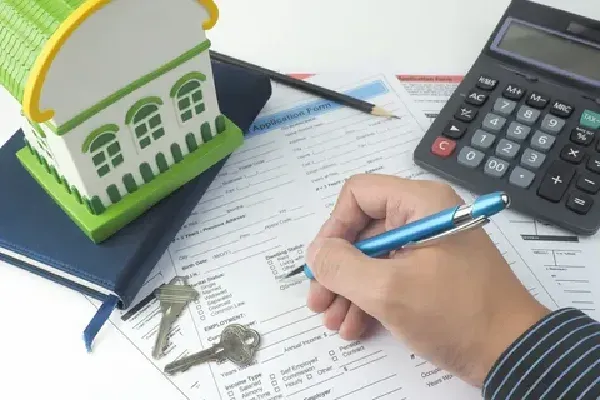
When Is The Right Time To Refinance?
When Is The Right Time To Refinance?

When to Refinance: Understanding the Options
Traditional Refinancing Criteria
Historically, homeowners would consider refinancing when interest rates dropped by at least 2 percentage points. However, in today's dynamic market, this old standard is less relevant. With the ease and lower costs of refinancing, you can consider this option more frequently and under varying circumstances.
Current Market Snapshot
Mortgage rates have fluctuated significantly. For example, in June 2003, rates hit a historic low of 5.21%. By the first quarter of 2006, rates were approximately 1.25% higher. This rise impacts monthly payments and overall loan costs.
Reasons to Refinance
Falling Rates
Refinancing when rates drop is straightforward: you can secure a lower interest rate, reducing monthly payments and total interest paid over the loan's term.
Rising Rates
Refinancing during rising rates might seem counterintuitive, but it can be beneficial in certain situations. Here's how:
Cashing-Out Equity:
Increased Home Values: From 2003 to early 2006, typical home values increased from $165,400 to $211,000.
Equity Utilization: Homeowners with increased equity can access significant cash without refinancing their primary mortgage. For instance, a home bought in 2003 with 5% down has accrued considerable equity, which can be accessed via a second mortgage or a home equity line of credit (HELOC), leaving the low-rate primary mortgage untouched.
Second Mortgages:
Fixed-Rate Second Loans or HELOCs: These options provide additional funds while keeping the existing low-rate mortgage.
Cost Considerations: Often, these loans come with minimal or no upfront costs, but may include higher interest rates or pre-payment penalties. It's crucial to understand the specific terms and potential penalties.
Safeguarding Against Future Rate Increases
Borrowers with adjustable-rate mortgages (ARMs), interest-only loans, or loans converting from fixed to adjustable rates should evaluate potential future payment increases. Refinancing to a fixed-rate mortgage can protect against rising interest rates and stabilize monthly payments.
Example: ARM Refinancing
Consider a $300,000 two-step ARM with a 5.5% start rate for the first five years, converting to a one-year ARM thereafter.
Initial Payment: $1,703.37 monthly for principal and interest.
Year Six Payment: If rates rise to 6.5%, the new payment will be $1,869.98.
Higher Rates Impact: At 7.5%, the payment increases to $2,046.63.
If future rate increases pose a financial strain, refinancing to a fixed-rate mortgage now can be a prudent move.
Conclusion
Refinancing decisions should be based on individual financial situations and market conditions. Whether taking advantage of lower rates, accessing home equity, or protecting against future rate hikes, the right refinancing strategy can provide substantial long-term benefits. Always evaluate your current loan's suitability for today's market and future financial stability.
